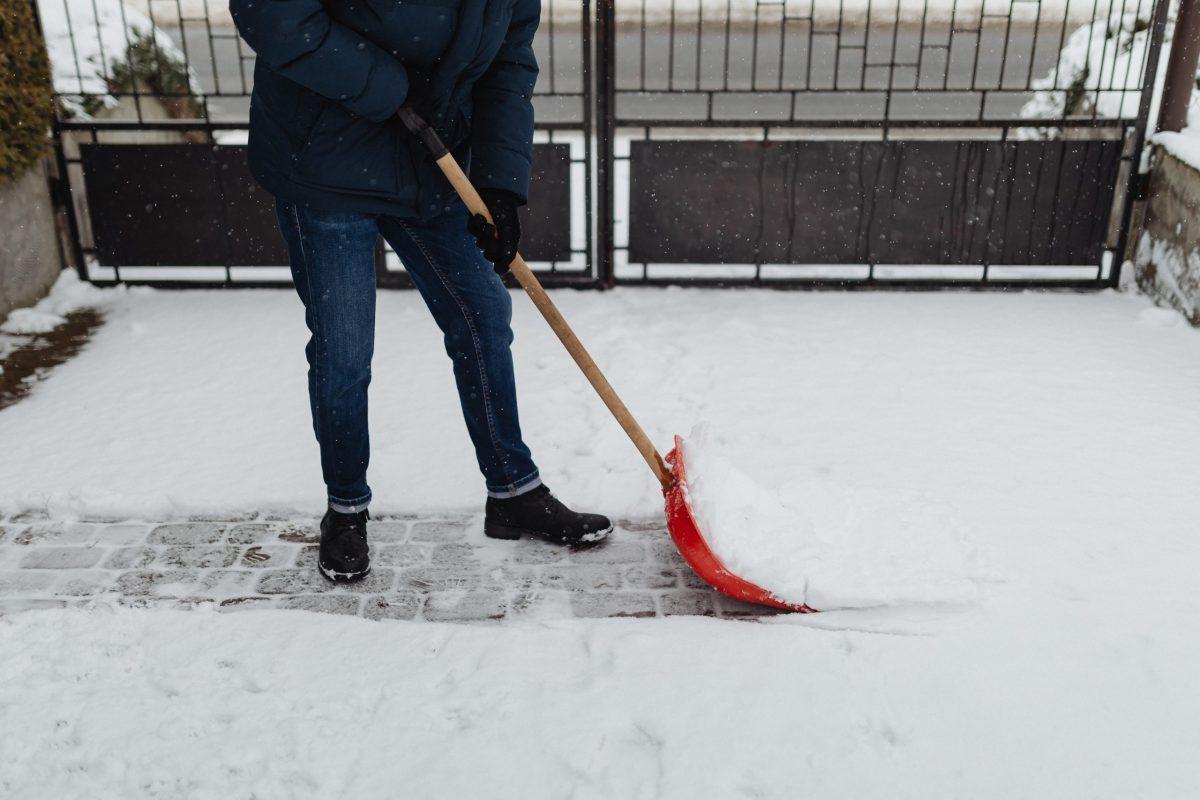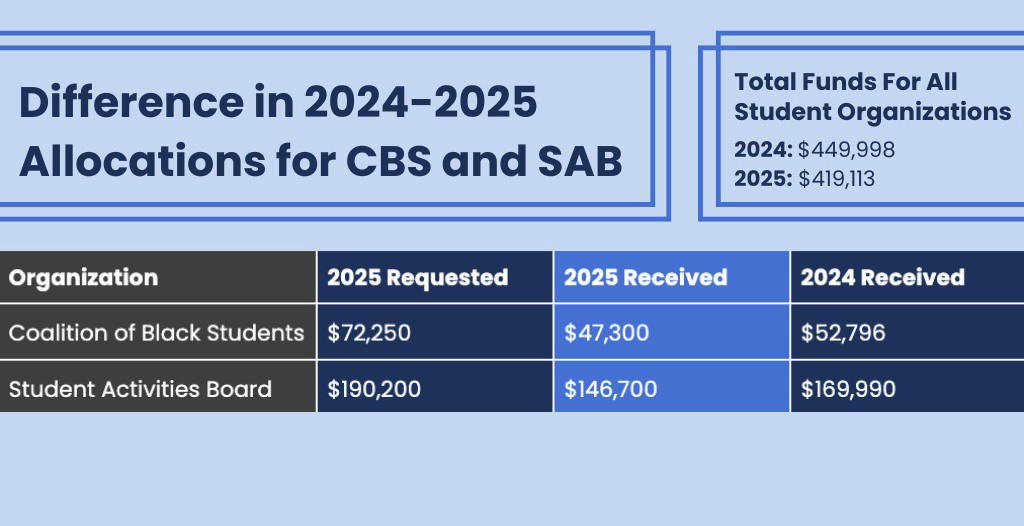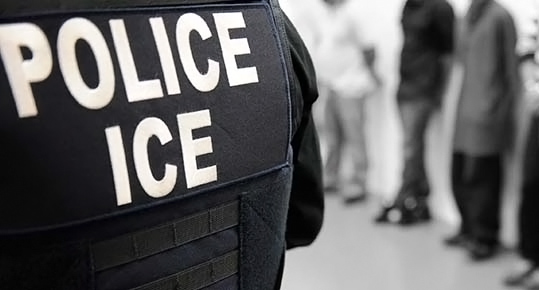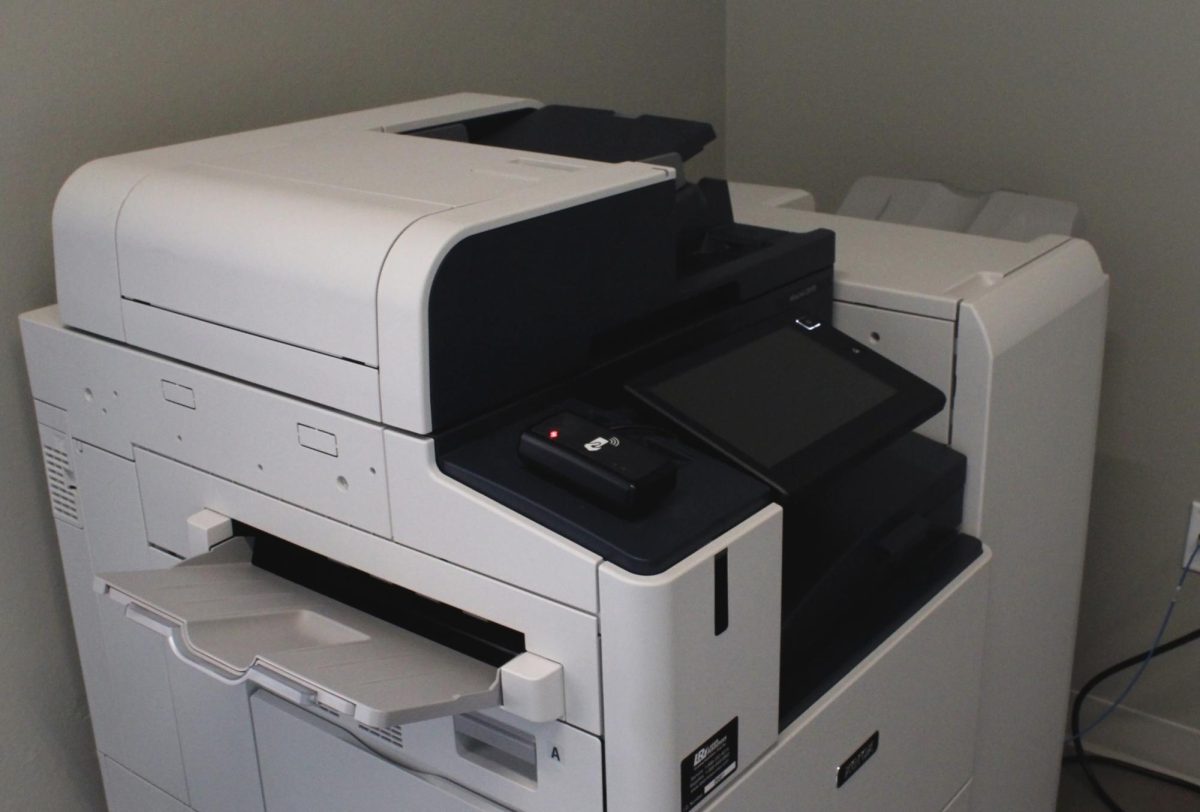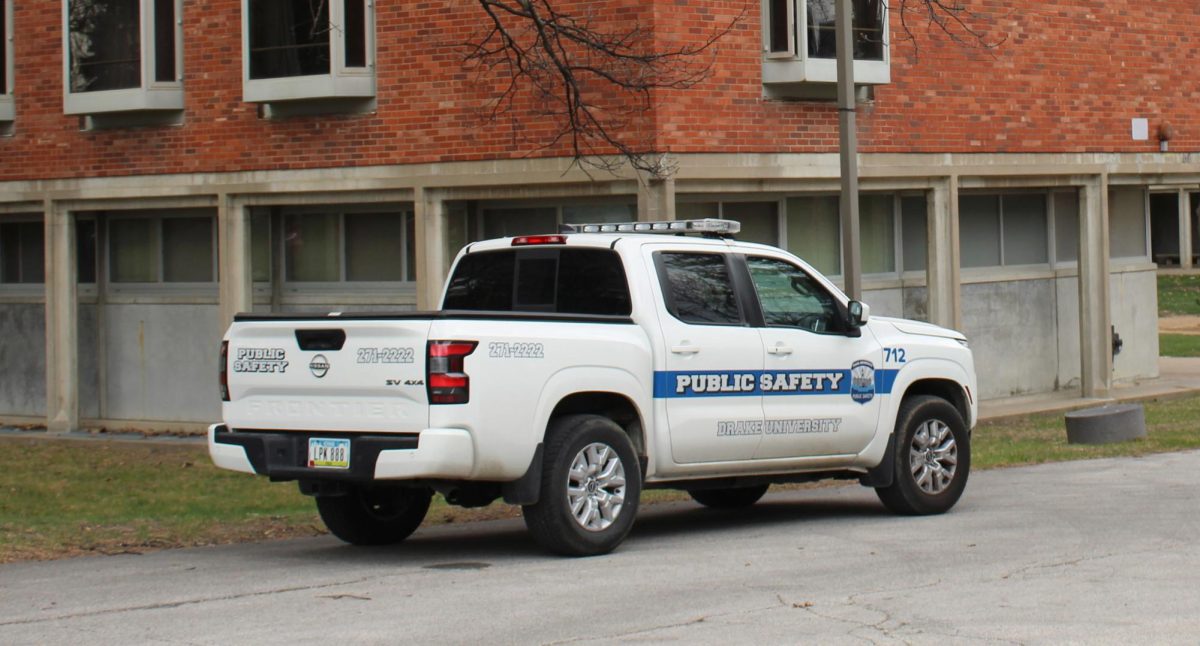February 2021 has been a cold and brutal month for many across the Midwest, with temperatures frequently below zero.
While low temperatures themselves are not abnormal for February, temperatures are on average slightly higher, and last for a less extended period of time.
The graph above compares the highest temperature and the lowest temperature recorded in the month of February from the last five years. The graph shows while lows below zero are not unusual, this February has been the coldest of the last five years and that the temperatures have not gotten as high as usual throughout the month.
February 2021 has the highest number of days with a low below zero according to the graph above. The data shows the average from years prior is anywhere between zero to three days. 2021 shatters that with 11 days, over a third of the entire month, spent with a low below zero. The 11 days spent under zero took place over a 12 day span.
Temperatures this low are caused by fluctuations in the jet stream, bringing cold air south.
“What we’ve seen is that the jet stream has dipped a lot further south, and that has allowed cold air from the arctic regions of Canada to move down into the central part of the United States,” said Craig Colig, a senior meteorologist with the National Weather Service.
Colig also noted the winter started off slightly above average in temperature.
This winter, each month has gotten colder but neither December or January quite compare to February. The average temperature for December was 29 degrees. The average temperature for January was 26 degrees. The average temperature for February as of February 18, is only six degrees.
The extreme winter weather seen in Iowa over February 2021 is a direct result of climate change.
“One of the major impacts of warming caused by greenhouse gases is that it warms the poles faster than it warms the tropics (because greenhouse gases keep heat from leaving),” said David Courard-Hauri, chair of Environmental Science and Sustainability at Drake. “That means that the temperature difference between us and the air to our north is less than usual, which weakens the jet stream and allows it to meander a lot more than it used to. However, even with climate change, it’s really cold in the arctic winter, so as that jet stream meanders, it will often bring that really cold air down with it, while at the same time bringing warm air up into the arctic somewhere else.”
February’s weather was almost record breaking.
The coldest recorded day of February 2021 so far is February 16 with a recorded low of -17 and a recorded high of 6. The data above shows those temperatures in contrast to the record high and low of February 16. The record high was 66 degrees on February 16, 1981. The record low was -19 degrees on February 16, 1958, only 2 degrees away from the low in 2021.
“We have received an inordinate amount of snow this year… we get help from many departments in facilities with snow, however, now that students are back, the custodial team is focused on sanitizing for covid so we are trying to keep up in that regard,” said Patrick Williams, ground supervisor for Drake facilities.
With temperatures below zero, the term ‘polar vortex’ is often thrown around in the United States. Colig explained that the polar vortex is something that is always in the amosphere.
“It’s usually up around the North Pole but sometimes it will move away from the North Pole,” Colig said. “And what we saw with this movement towards the south across Canada, and as that polar vortex moved down through Canada, it also forces the jet-stream to move further south across the North American continent.”
This results in arctic temperatures in places where they do not typically occur.
Brett Lovelady, the Drake facilities HVAC foreman, offered some advice to Drake students to deal with the frigid temperatures.
“I think students could prepare best by dressing according to the weather and wearing proper coats and footwear when going outside even if it’s just to run to another building that’s close,” Lovelady said. “A coat, hat, gloves, and snow boots are a must for the brutal conditions Iowa winters can bring.”
He offered some advice specific to on campus residents.
“And as far as dorms go, keeping windows closed and blinds where available to keep an extra barrier between the glass and living space,” Lovelady said. “The rooms with window air conditioners, I’ve seen students place a towel over the unit to help insulate it from the abnormally low temps like we saw last week. If a student notices any gaps around their AC units or feel a draft, they should contact their RA and have a work order submitted for one of our team members to address the issue.”
All data used in this story can be found at https://www.weather.gov/dmx/cliplotnew

